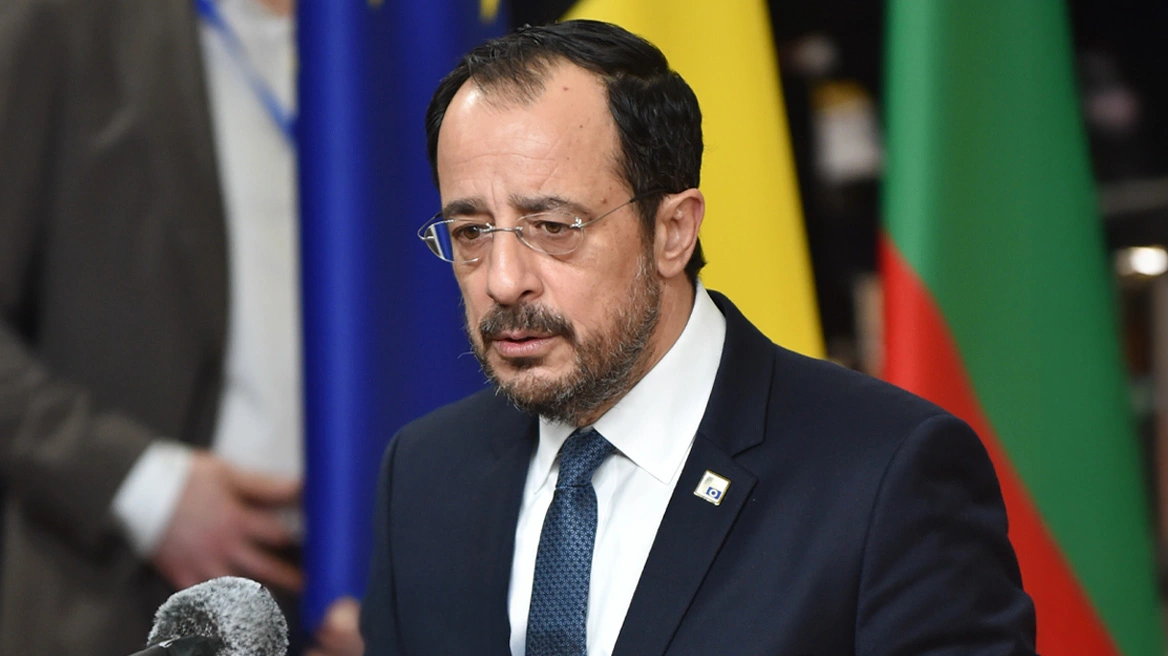NATO affiliated researchers recently conducted a test to see whether they could use some of the same social media techniques Russia famously used in an attempt to influence the US presidential election to infiltrate a NATO ally’s military exercise.
Using fake social media accounts, researchers at the NATO Strategic Communications Centre of Excellence identified troops, located battalions, and even manipulated soldiers to “instill undesirable behavior.”
They were remarkably successful. In about a month, the researchers, who used Facebook, Twitter, Instagram, and other publicly accessible online resources, gained detailed knowledge about the operation and successfully pushed some soldiers, at least, into disobeying orders. According to a Wired article, the researchers manipulated some personnel into abandoning “their positions.”
“Every person has a button. For somebody there’s a financial issue, for somebody it’s a very appealing date, for somebody it’s a family thing,” the center’s director, Janis Sarts, told Wired. “It’s varied, but everybody has a button. The point is, what’s openly available online is sufficient to know what that is.”
The researchers created Facebook pages designed to mimic pages about the campaign or official-looking armed forces pages. They created groups, fake profiles, and profiles that impersonated real people. In some cases, the social media platforms rose to the challenge and shut down parts of the ruse. In other cases, researchers were able to get away without any repercussions. Certain groups and fake profiles were never suspended. Moreover, using the “suggested friends” feature on Facebook, researchers identified the members of entire units based on knowing just one person.
Read more HERE
Ask me anything
Explore related questions





